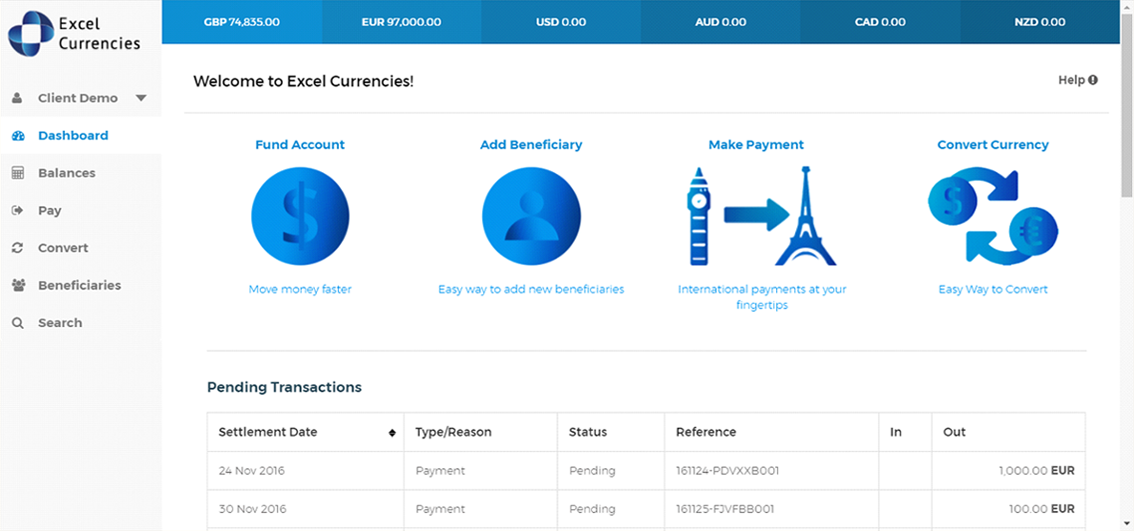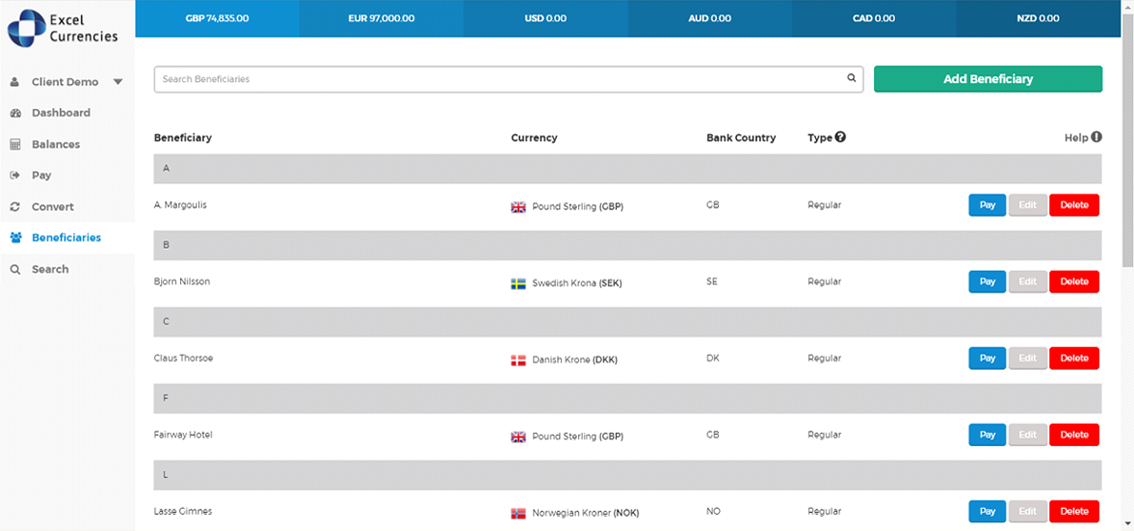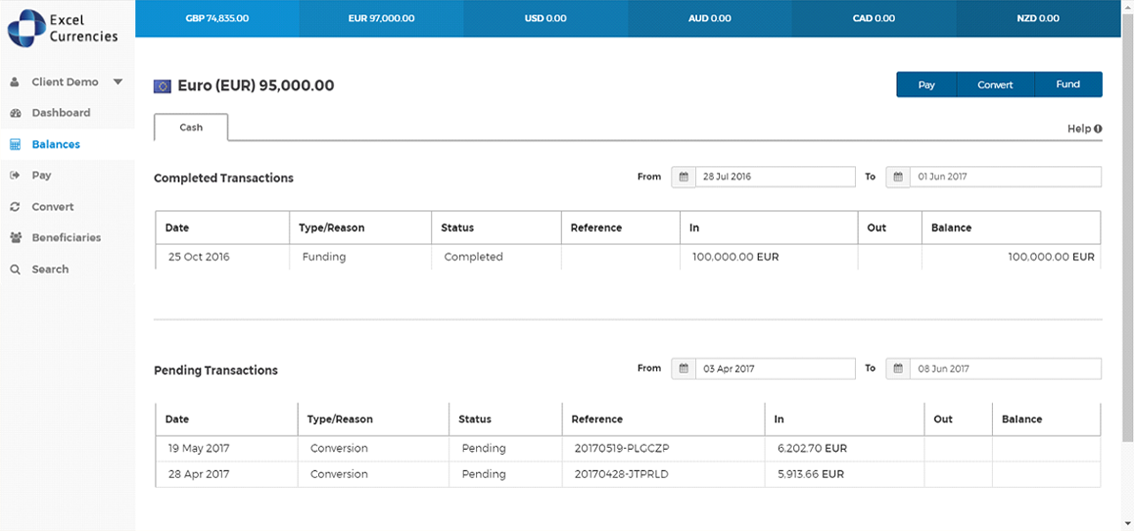
Hedging in the FX market is defined
as; the act of opening one or more currency trades to offset an existing
position to reduce losses. Hedging aims to reduce your currency risk
to a defined level rather than necessarily eliminate it entirely.
Even while this volatility is frequently acknowledged as an inevitable aspect of the market, there are several hedging techniques that may be used to lower the amount of currency risk connected to each transaction. Hedging with a Forward Contract is one of such highly popular methods.
For best-in-class currency risk management, check out Excel Currencies. The traders at Excel Currencies are experienced in handling all sizes of currency risk on behalf of a wide range of customers.
What is hedging?
Hedging involves strategies to minimize the risk
associated with fluctuations in currency exchange rates. Traders and investors
constantly use hedging to protect against potential losses that could arise
from adverse movements in foreign exchange markets.
The basic idea of hedging is to offset potential losses in
one position with gains in another. For instance, if a trader anticipates that
the value of a currency pair might move unfavourably, they might look to a Forward
Contract to lock in an exchange rate now.
Hedging follows the idea of ‘not putting all your eggs in
one basket’.
What is a Forward Contract?
A Forward Contract is a ‘buy now, pay later’ product
which enables the customer to lock in the rate now and pay for the transaction
at a later date.
This has many benefits including;
- Saves
you time looking and worrying about exchange rates
- It’s
useful if there are cash flow issues
- 90%
of the remaining money can stay with the customer earning interest
- It
protects you from future negative current movements
Excel Currencies has been in business since 2004 and are fully authorised and regulated by the FCA. Customer funds are held in safeguarding accounts with tier 1 banks only. Excel Currencies use sophisticated anti-fraud measures to keep your money safe.
How to hedge with a Forward Contract

Identify the need for hedging
Assess the risk exposure due to fluctuations in exchange
rates, typically affecting businesses with international transactions or
investments.
Common reasons include managing costs for import/export
operations, protecting against adverse currency movements, or stabilizing
profit margins.
Determine the hedging amount
Calculate the total amount of currency exposure you want to
hedge. This involves evaluating the size of future foreign currency payments or
receipts.
Choose the Forward Contract terms
Decide on the contract’s maturity date based on when you
expect the currency transaction to occur. Agree on the forward exchange rate,
which is the rate at which the currencies will be exchanged in the future. This
rate is derived from the spot rate adjusted for interest rate differentials.
Calculate Forward Contract size
Based on the amount of foreign currency exposure, calculate
the size of forward contract required to hedge the exposure by an amount or %
you deem reasonable
Periodic Review
Regularly review the hedging strategy and forward contracts
to ensure they remain effective and relevant to current market conditions and
business needs.
The bottom line
Choosing the right financial solution provider is crucial
when hedging with a Forward Contract. The effectiveness of your hedging
strategy largely depends on the expertise of your provider.
A reputable provider offers competitive forward rates,
sound advice on managing currency risks, and personalized solutions tailored to
your specific needs.

Excel Currencies
provides tailored hedging solutions with competitive rates and expert guidance.
Get in touch with us
today to know more.

 Twitter
Twitter Facebook
Facebook linkedin
linkedin Google
Google









